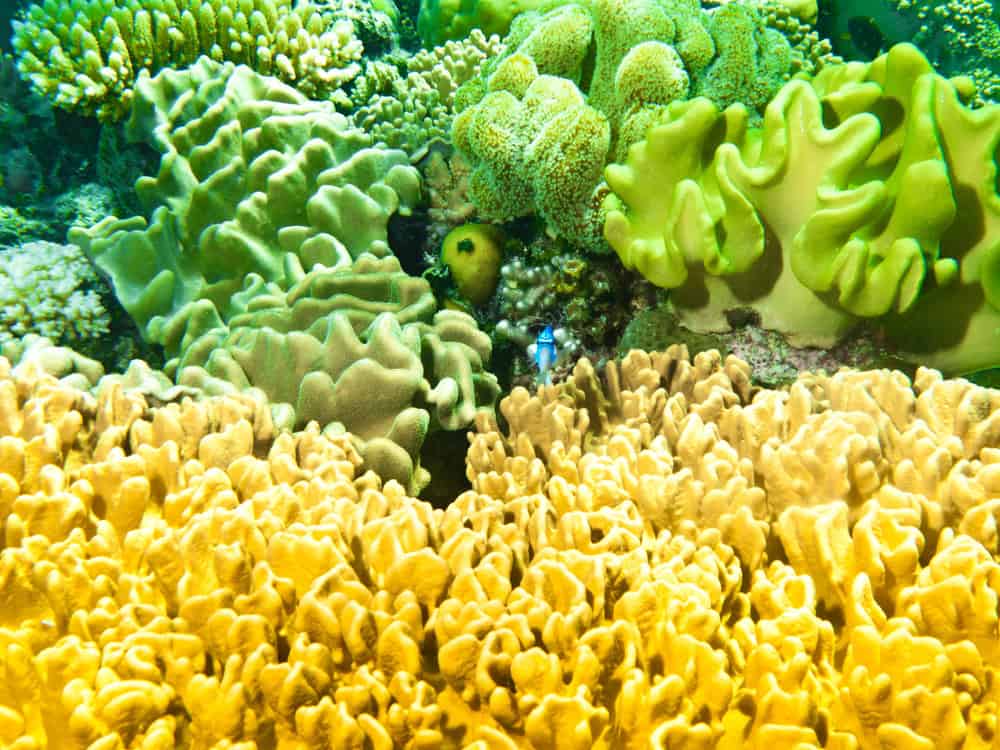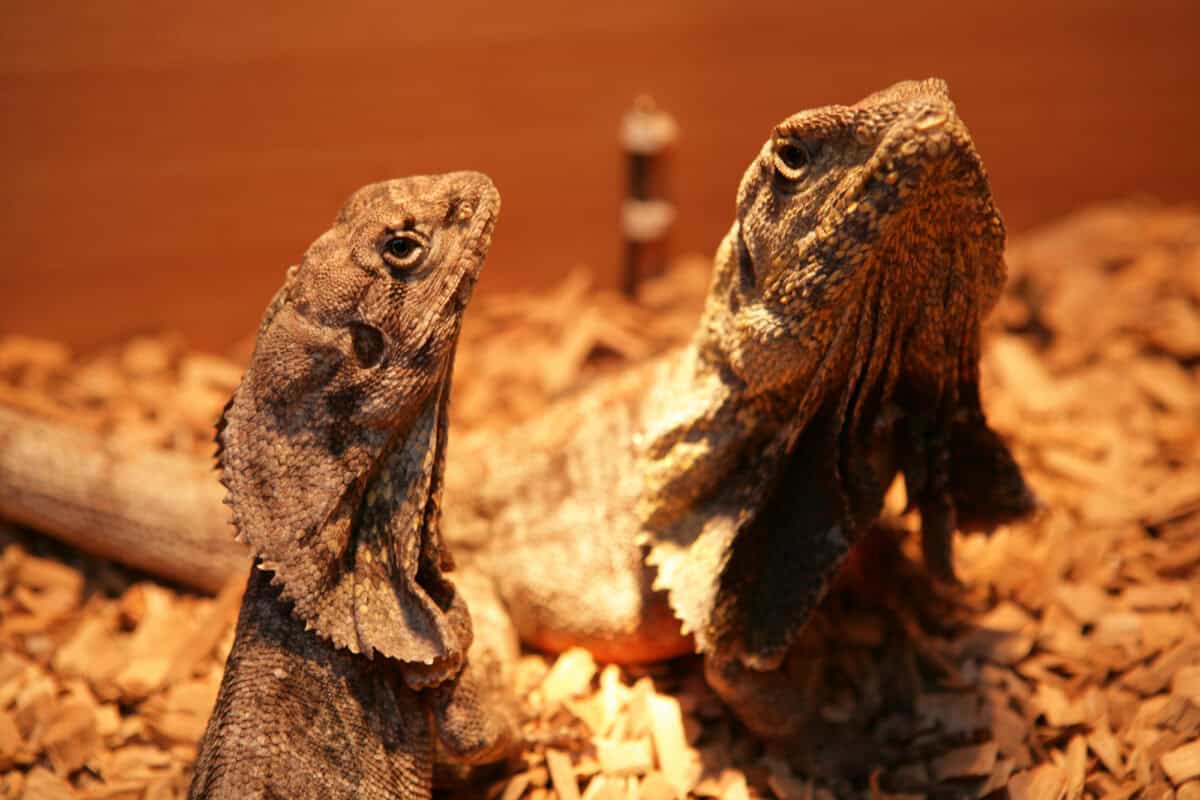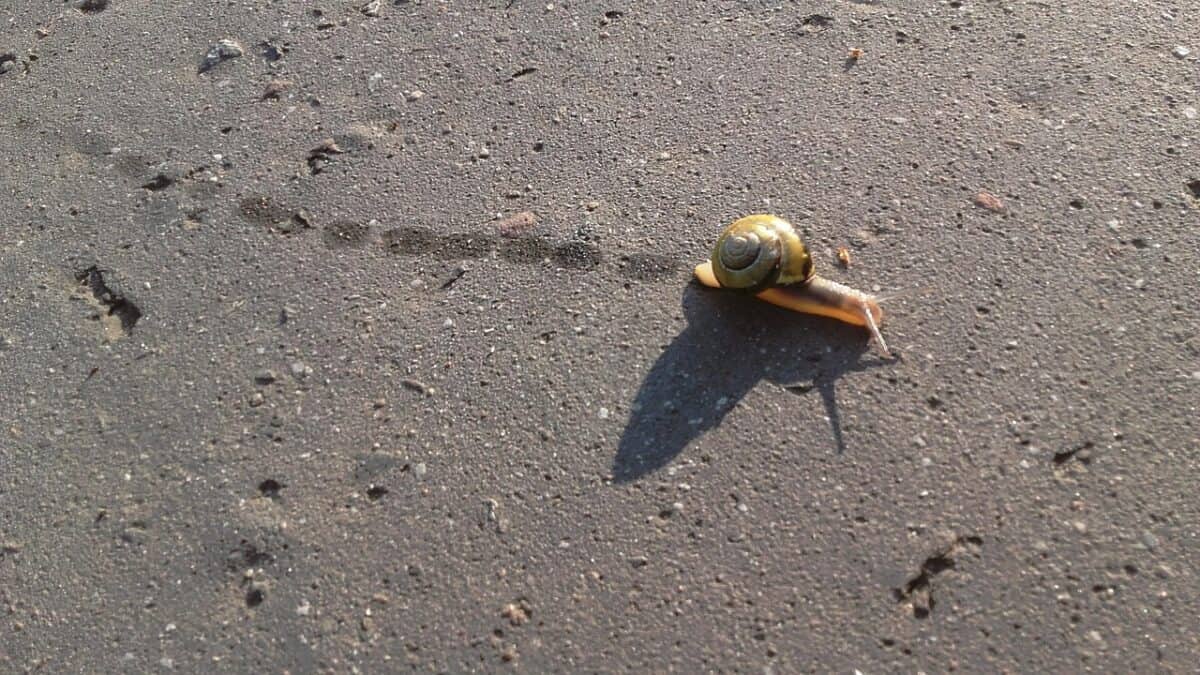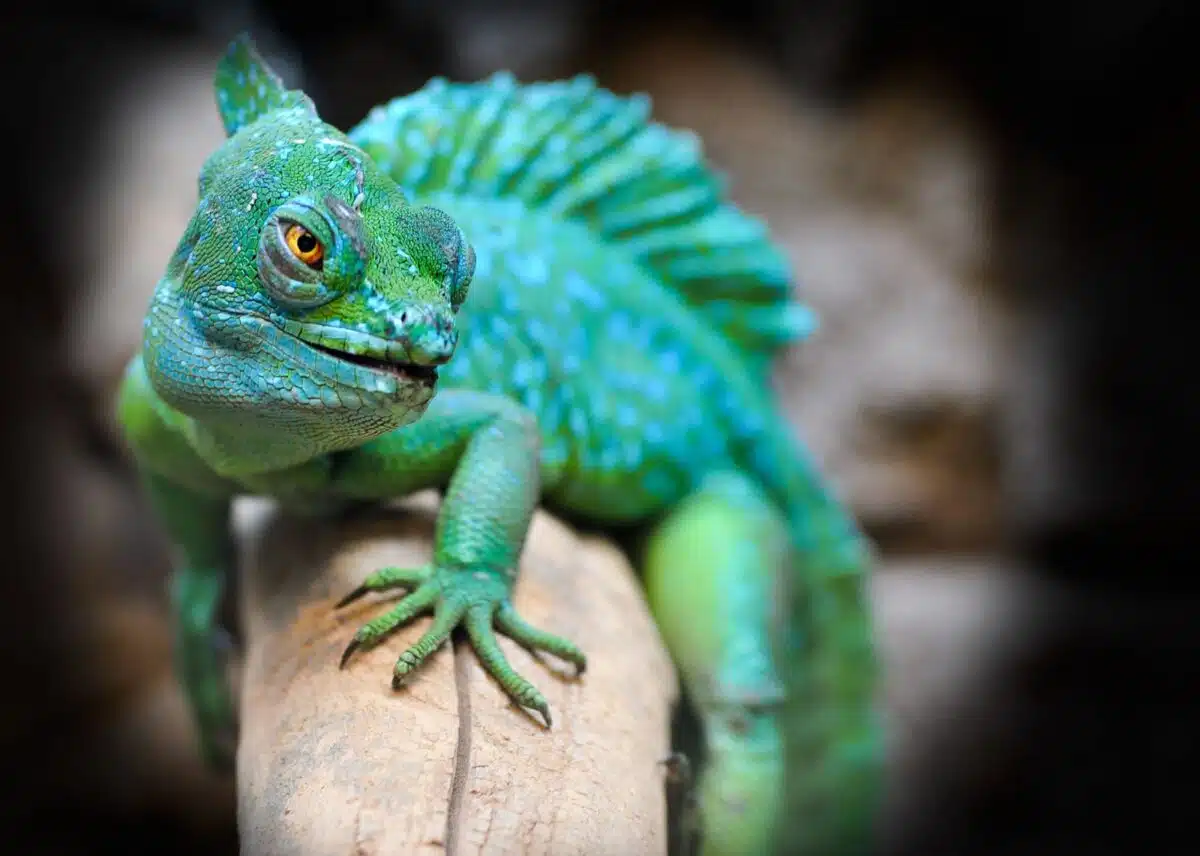Nature is full of wonders and mysteries, many of which challenge our understanding of life and biology. Some animals possess remarkable abilities to survive ordeals that would be fatal to most other creatures. Among these extraordinary capabilities is the ability to survive, and even thrive, after being cut in half. This fascinating phenomenon showcases the resilience and adaptability of life. In this article, we explore 10 incredible animals that can endure such a dramatic physical transformation and continue their journey of survival.
10. Planarian Flatworms Masters of Regeneration

Planarian flatworms are small, simple creatures that have boggled scientists for years with their astounding regenerative abilities. When a planarian is cut in half, each half has the potential to regrow into a complete worm. This regeneration is powered by pluripotent stem cells called neoblasts, which can develop into any cell type needed to rebuild the organism. This biological wonder makes planarians an important model for studying regeneration in other animals.
9. Sea Stars Regenerating Arms and More

Sea stars, often known as starfish, are renowned for their ability to regrow lost arms. This regeneration can occur even if a sea star is bisected, provided that the central disc, the key neural hub, remains intact. Remarkably, some sea stars can initiate regeneration from merely a fragment of an arm, with each piece capable of growing into a new organism.
8. Annelid Worms Segmental Survivors

Annelid worms, such as earthworms, exemplify another level of regeneration in the animal kingdom. If cut appropriately, these segmented worms can regenerate lost sections, forming new heads or tails as needed. However, their capacity for regeneration is not unlimited and is highly dependent on the location of the cut and the species of annelid.
7. Jellyfish Transformative Adaptations

Some jellyfish species possess unique regenerative abilities, allowing them to survive after being split. These creatures have a simple body plan, which enables them to reorganize their cells and tissues to heal and restore lost parts. In some cases, jellyfish can also undergo a mesmerizing life cycle reversal, transforming back into their earlier polyp stage and essentially rejuvenating themselves.
6. Sponges The Consummate Regenerators

Sponges are one of the simplest multicellular organisms, and their regenerative prowess is unparalleled. When a sponge is fragmented, each piece has the potential to grow back into a full organism. This ability stems from the fact that sponges do not have complex tissues; instead, their cells retain a remarkable flexibility to reorganize and form new body structures.
5. Cnidarians Architects of Recovery

Cnidarians, which include creatures such as hydra and corals, boast impressive regenerative capabilities. Hydra, for instance, can regenerate from even small tissue fragments. In a study of resilience, some hydra have been observed to regenerate entire organisms from dissociated cells, highlighting an incredible cellular plasticity and cooperation.
4. Lizards A Tale of Tails

Many lizards are famous for their ability to autotomize their tails as a defense mechanism. Some species have taken this ability further, with claims of limited regeneration of other body parts. Although their overall capacity for regeneration isn’t as comprehensive as simpler organisms, the regeneration of their tails showcases their evolutionary adaptation for survival.
3. Axolotls Living Prosthetics

The axolotl, a type of salamander, is one of nature’s most celebrated regenerators. Known for their ability to regenerate limbs, spinal cords, and even parts of their brain, axolotls can also recover from more drastic injuries, such as being severed centrally. Their regenerative capabilities offer valuable insights into the potential of tissue regeneration in vertebrates.
2. Sea Cucumbers Disarmingly Resilient

Sea cucumbers have developed a unique defense strategy involving the ejection of their internal organs to deter predators. Remarkably, they can regenerate those organs as well as other body parts that may be removed artificially. This adaptability ensures their survival in the ever-competitive marine environment.
1. Flatworms Aflatoxin Combatants

Some marine flatworms can regenerate from extreme physical disruptions. These creatures demonstrate an extraordinary level of adaptability in their ability to recover from environmental stresses, such as predation or environmental change, making them highly resilient organisms in their ecosystems.
Conclusion: Marvels of Biological Resilience

The animals discussed in this article highlight the awe-inspiring diversity and adaptability found across the natural world. Their abilities to regenerate crucial body parts after being cut in half reveal the complex mechanisms that underpin survival and evolution. By studying these extraordinary creatures, scientists gain invaluable insights into cellular regeneration, which could inform future medical breakthroughs. Whether through simple cell organization or complex tissue differentiation, the capacity for regeneration remains one of nature’s most astonishing feats. These incredible animals remind us of the resilience inherent in life itself, offering hope and inspiration for scientific exploration and discovery.
- 15 Animals Smarter Than You Think - August 15, 2025
- 14 Most Misunderstood Pets You Should not Overlook - August 15, 2025
- 14 Birds of Prey That Rule the Skies - August 15, 2025

